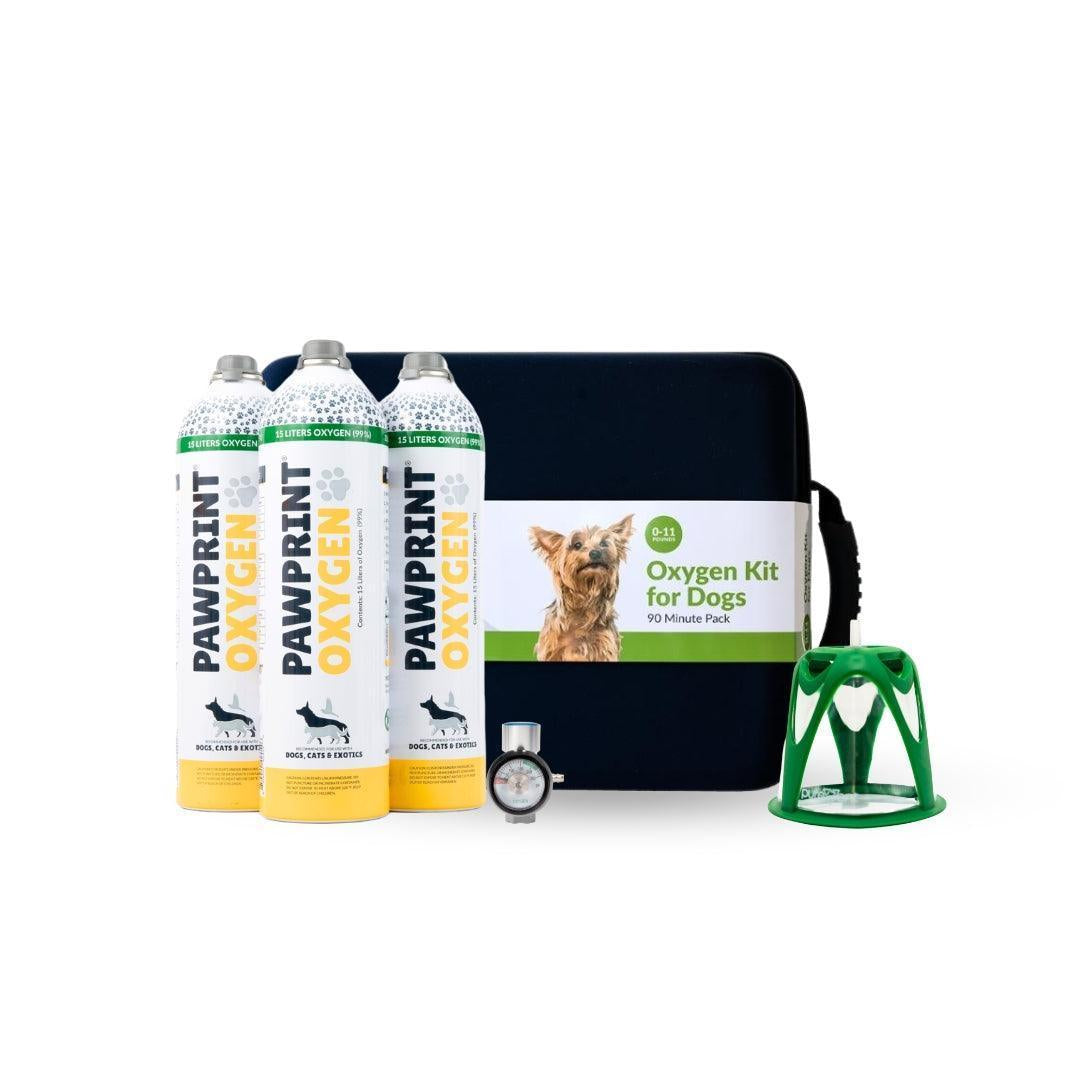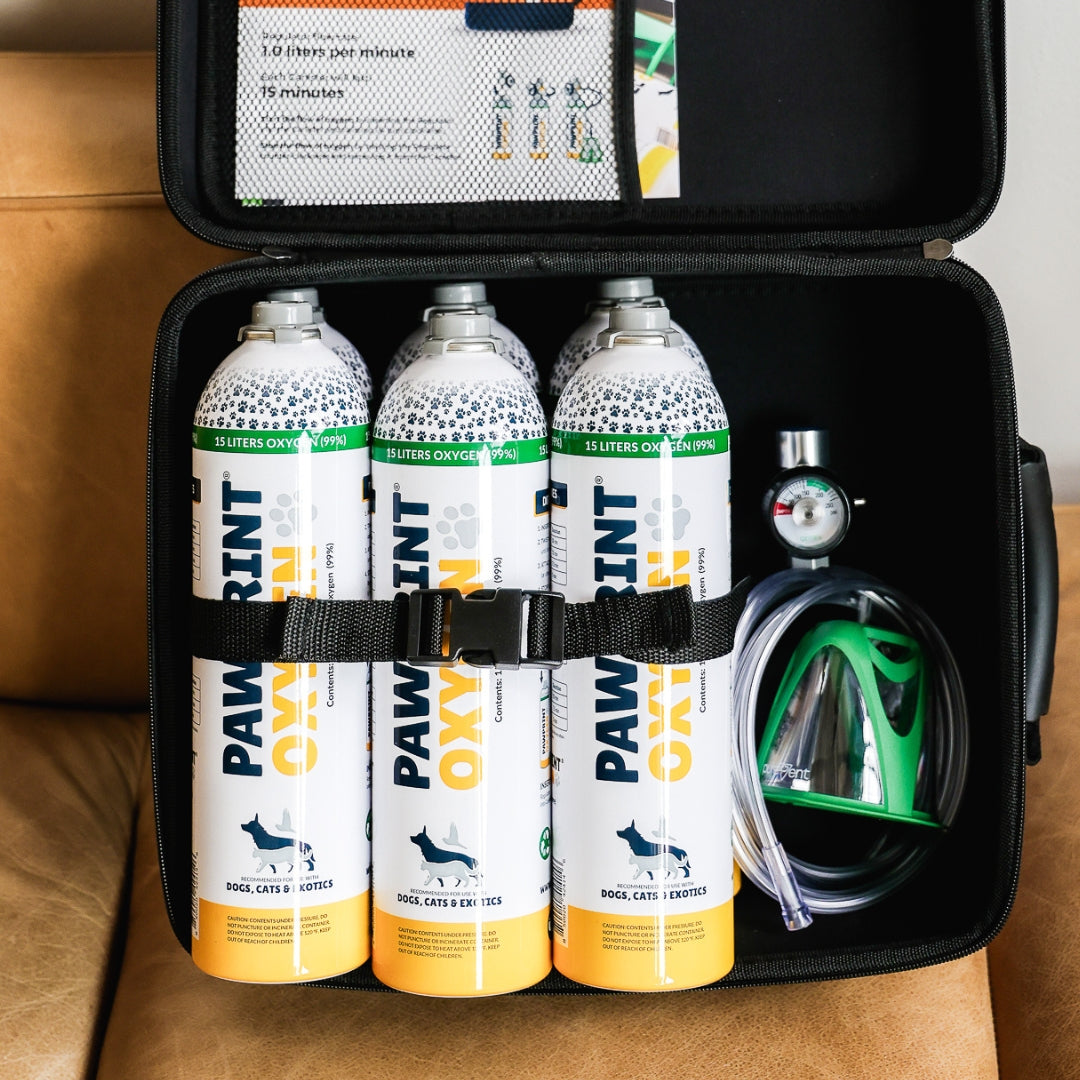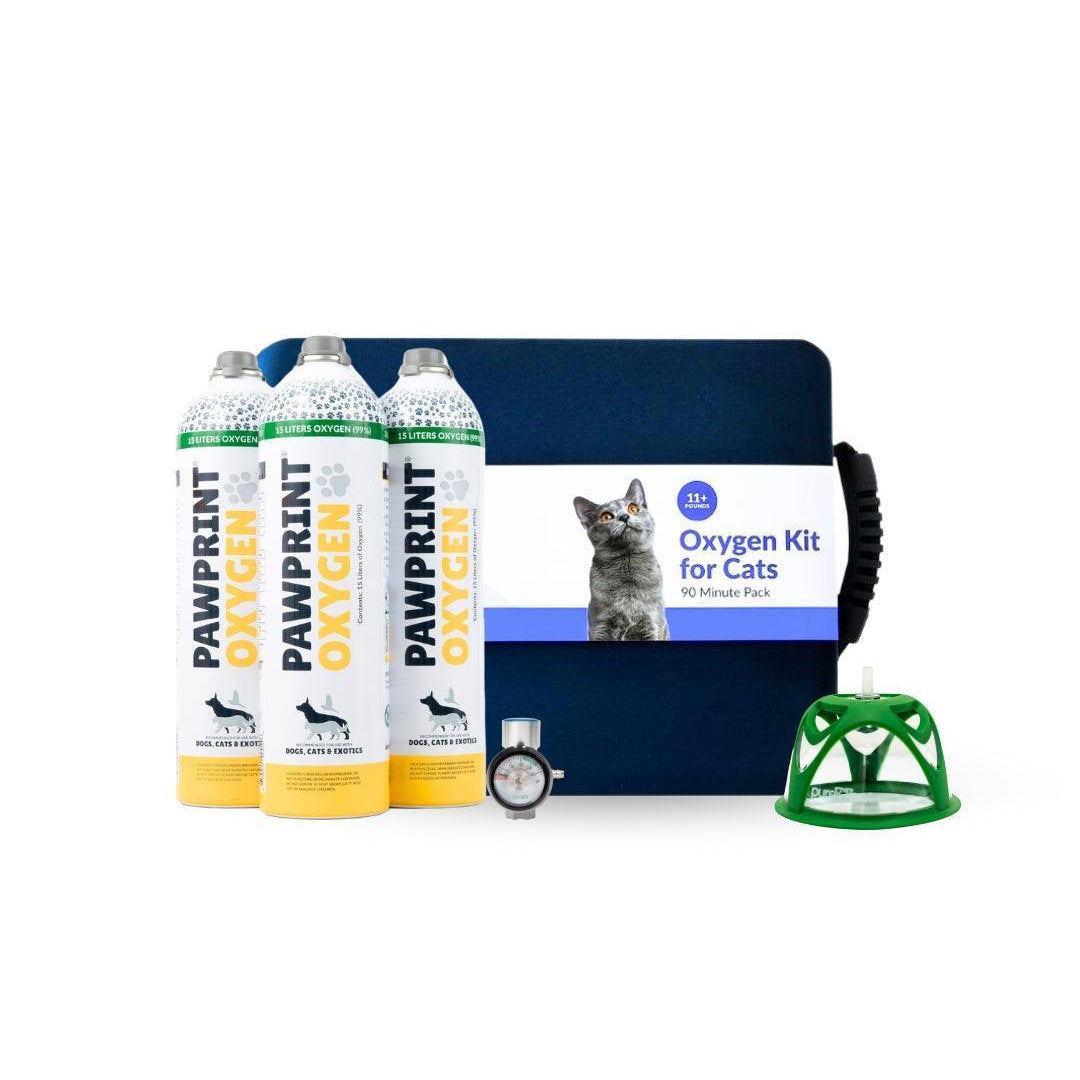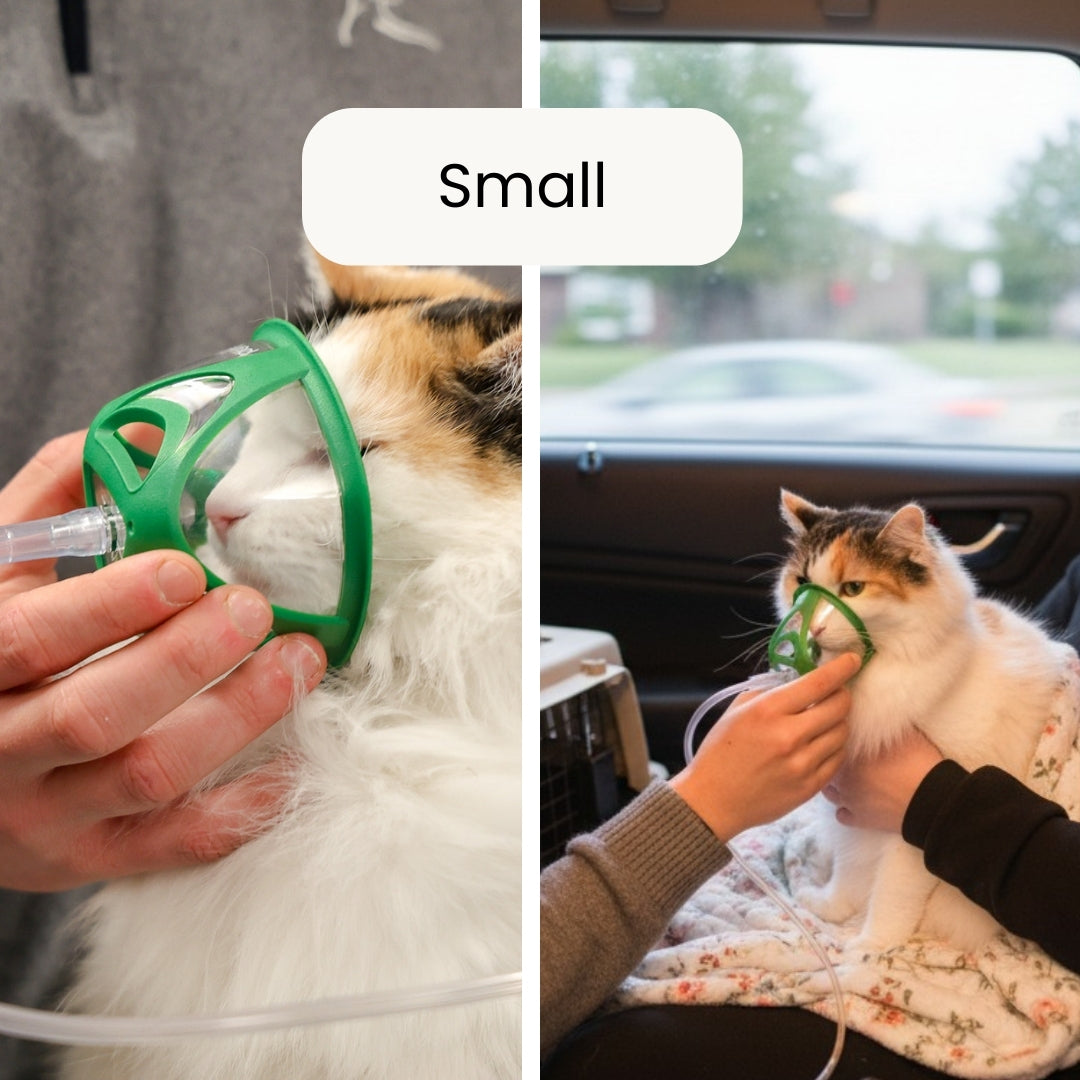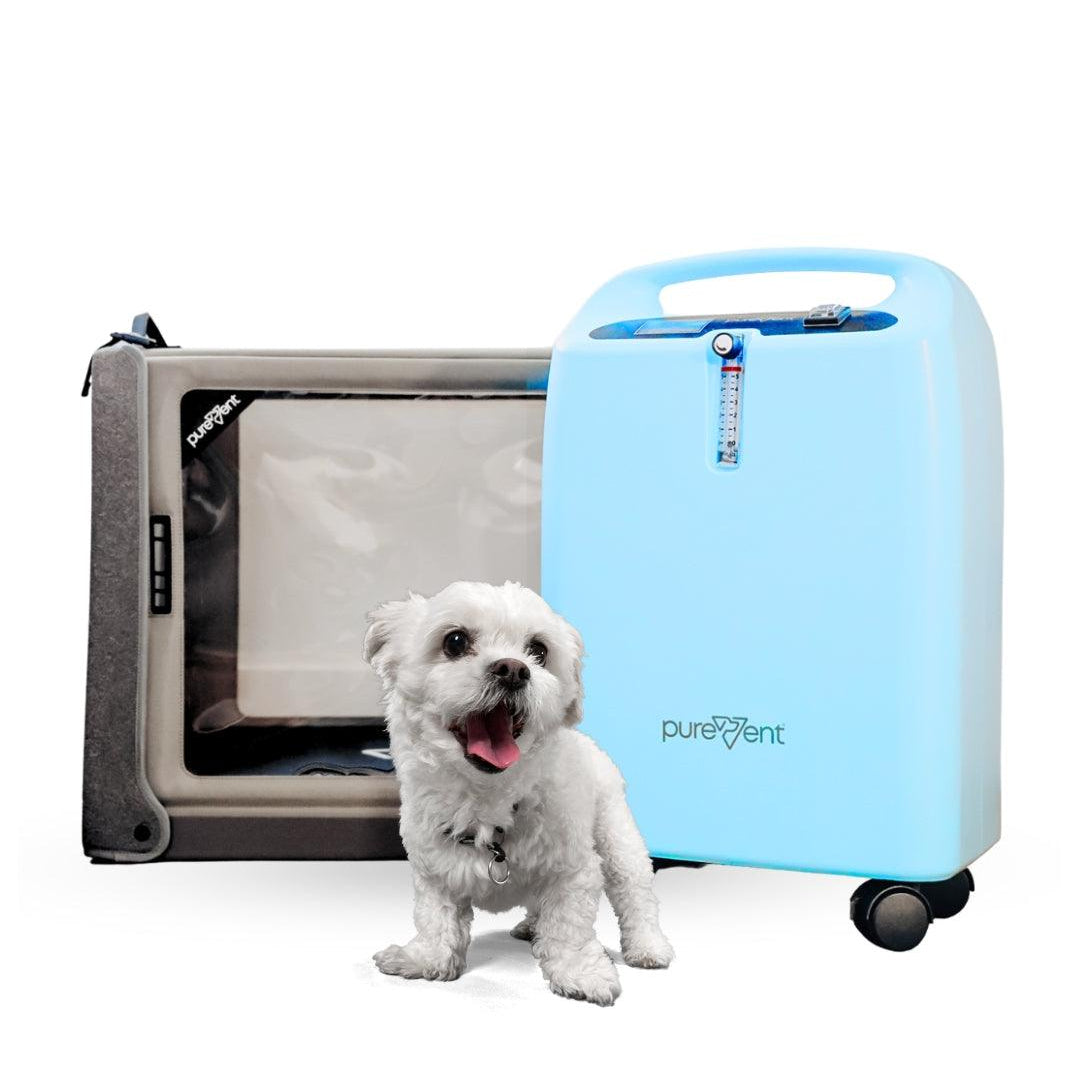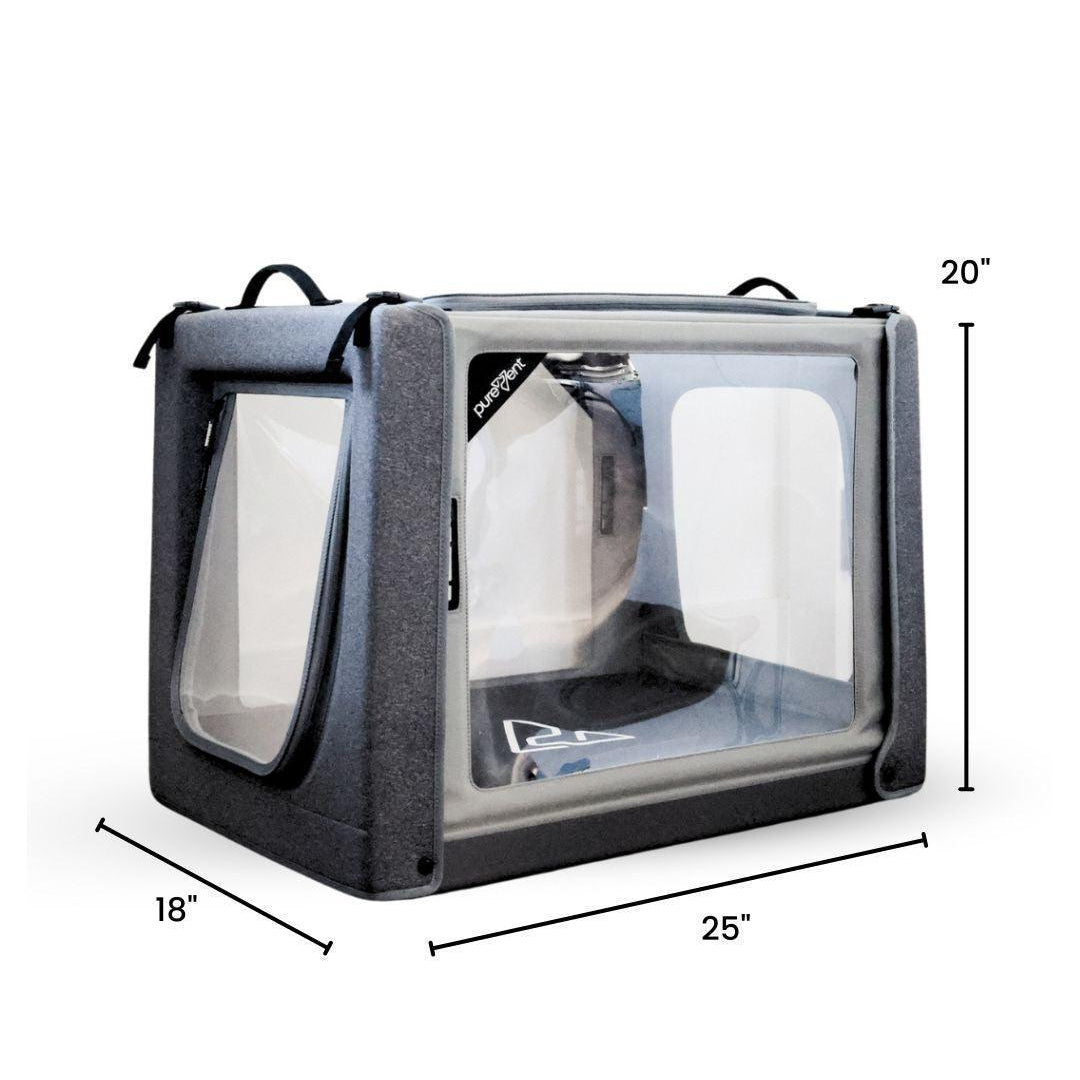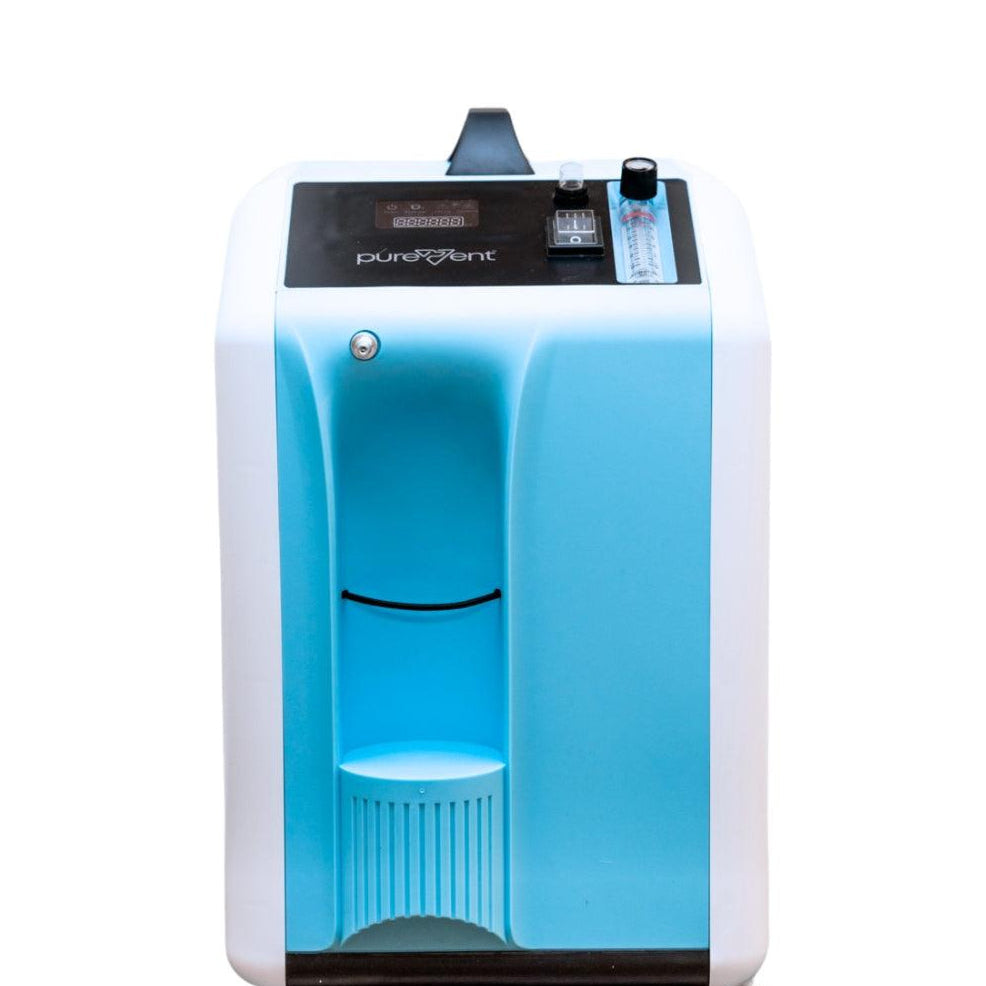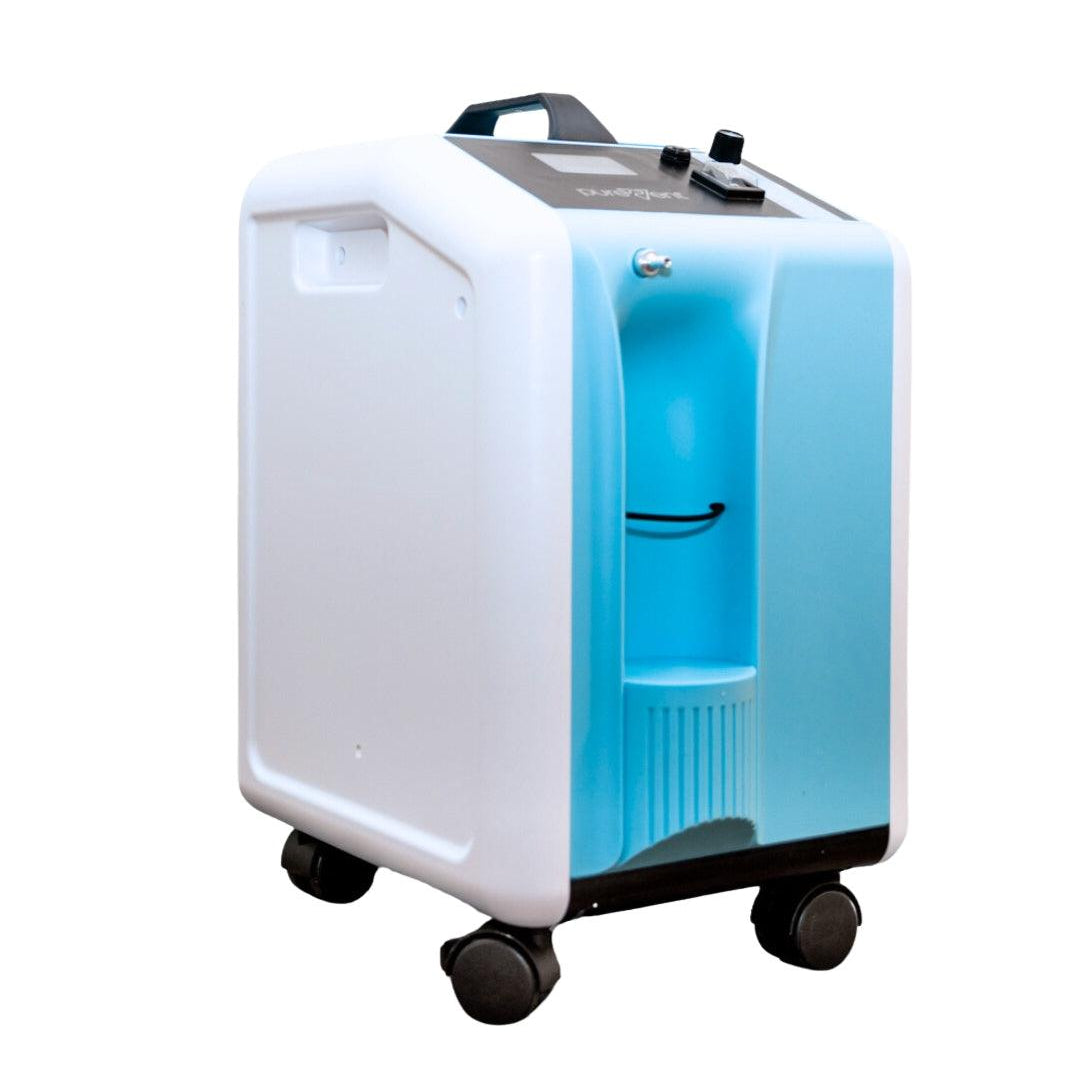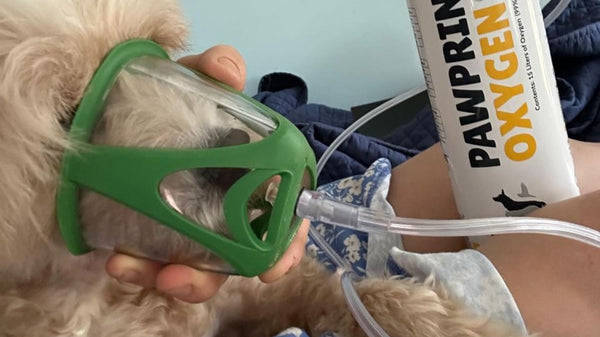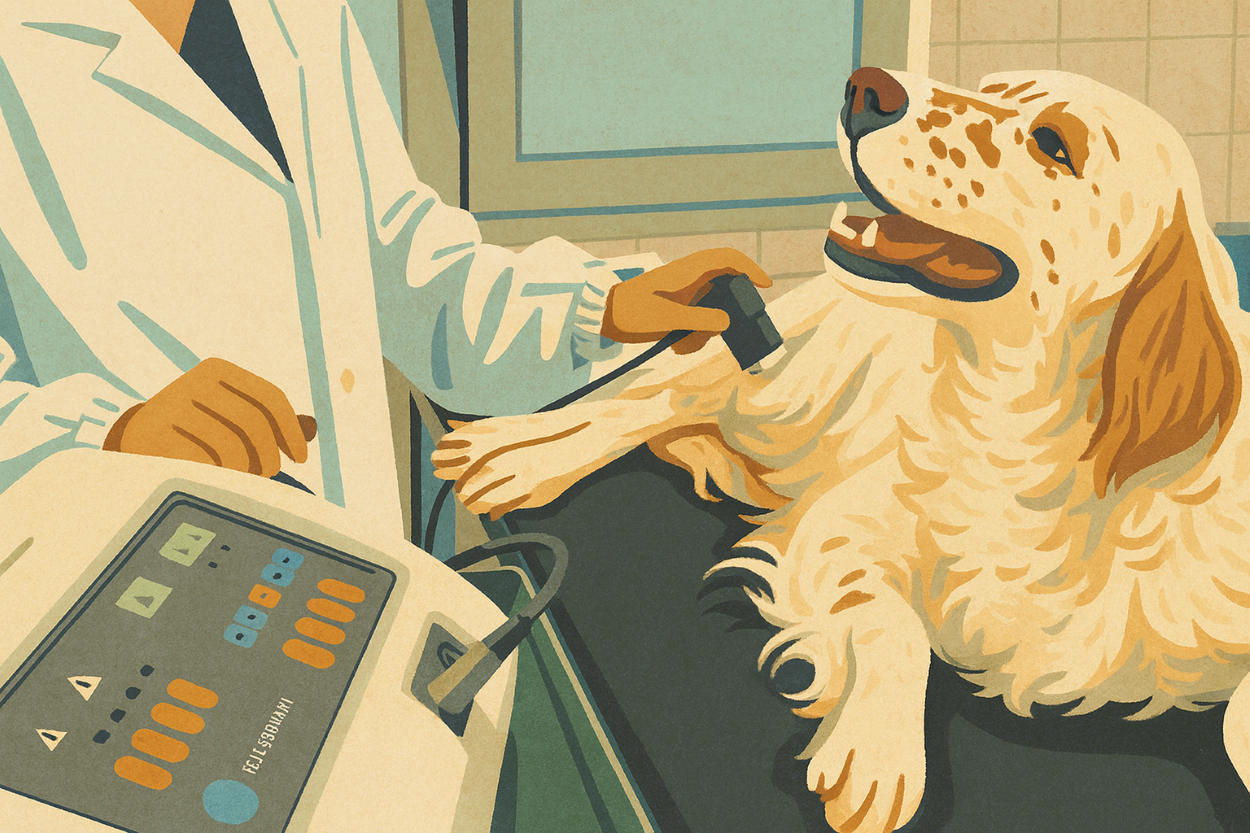Understanding Your Pet’s Heart Rate
Monitoring your pet's heart rate is an essential part of keeping track of their overall health. Just like humans, pets have a normal range for their heart rate, and deviations from this range can indicate underlying health problems. For dogs and cats, their heart rate can vary based on factors like age, size, breed, and activity level.
A pet's heart rate, or pulse, refers to the number of times their heart beats per minute (BPM). Typically, smaller animals and those that are younger tend to have faster heart rates, while larger and older pets have slower ones. Understanding your pet’s normal resting heart rate can provide valuable insights into their cardiovascular health and help you detect early signs of illness.
Why Should You Monitor Your Pet’s Heart Rate?
Regularly checking your pet’s heart rate can help you stay proactive about their health. For instance, pet heart rate changes can be early indicators of issues like heart disease, respiratory problems, or other medical conditions. It can also be useful in managing existing health problems. If your pet has a diagnosed heart condition, your veterinarian might recommend monitoring their heart rate regularly to track their condition and response to medications.
An accurate understanding of your pet's heart rate can also be a great aid when you're providing care at home, such as during recovery from surgery or monitoring for stress during travel or other potentially anxiety-inducing situations.
What is a Normal Heart Rate for Pets?
Here are the typical ranges for pets’ heart rates when they are resting:
- Cats : 120 - 160 BPM
- Small Dogs : 100 - 160 BPM
- Medium to Large Dogs : 60 - 100 BPM
-
Puppies : 120 - 160 BPM
Remember, these are general ranges. Your pet's normal resting heart rate may be slightly different, so it's a good idea to establish a baseline when they're healthy and relaxed.

What is a normal resting respiratory rate for dogs?
A healthy, resting adult dog typically has a respiratory rate between 10 and 35 breaths per minute. Smaller breeds or puppies may breathe slightly faster. If a dog's respiratory rate exceeds 40 breaths per minute while resting, it may be a cause for concern, and you should consult a vet
What is a normal respiratory rate for cats?
For cats, the normal resting respiratory rate is between 20 and 30 breaths per minute. It's important to check when your cat is calm and resting, as activity can temporarily raise the rate
How do I measure my pet's respiratory rate?
When should I be concerned about my pet's respiratory rate?
A consistent respiratory rate over 40 breaths per minute while your pet is at rest, labored breathing, or other symptoms like coughing, lethargy, or loss of appetite could indicate a problem. Seek veterinary advice if you notice these signs.
What factors can affect a dog's respiratory rate?

Pet Heart Rate Calculator
Several factors can cause your pet's heart rate to fluctuate, including:
Exercise and Excitement : Just like humans, pets’ heart rates increase when they’re active or excited.
Temperature : Warm environments can cause a temporary increase in heart rate as your pet tries to cool down.
Emotional State : Stress, anxiety, and fear can cause your pet’s heart to beat faster.
Health Conditions : Heart disease, respiratory disorders, pain, fever, and dehydration can all impact heart rate.

When Should You Be Concerned About Your Pet’s Heart Rate?
It’s normal for your pet’s heart rate to vary slightly throughout the day. However, consistently abnormal heart rates when your pet is at rest could indicate a problem. Seek veterinary care if:
- Your dog’s resting heart rate exceeds 160 BPM, or your cat’s heart rate consistently stays above 180 BPM.
- You notice irregularities such as skipping beats or an uneven rhythm.
- Your pet has additional symptoms like lethargy, coughing, difficulty breathing, or fainting.
Pet Heart Rate Calculator
Enter the number of heartbeats you count in 15 seconds:
Normal Heart Rate Ranges
- Cats: 120-160 BPM
- Small Dogs: 100-160 BPM
- Medium to Large Dogs: 60-100 BPM
- Puppies: 120-160 BPM
Signs of Respiratory Distress
- Rapid breathing, even while resting
- Labored or noisy breathing
- Coughing, gagging, or wheezing
- Blue or pale gums
- Open-mouth breathing, especially in cats
How to Take Your Pet's Pulse
- Chest: Place your hand on your pet's chest, just behind the left elbow.
- Inner Thigh: Feel for the pulse on the inner thigh, near the femoral artery.
- Count the beats for 15 seconds and multiply by 4 to get BPM.
- Use a stethoscope for more accurate readings.




